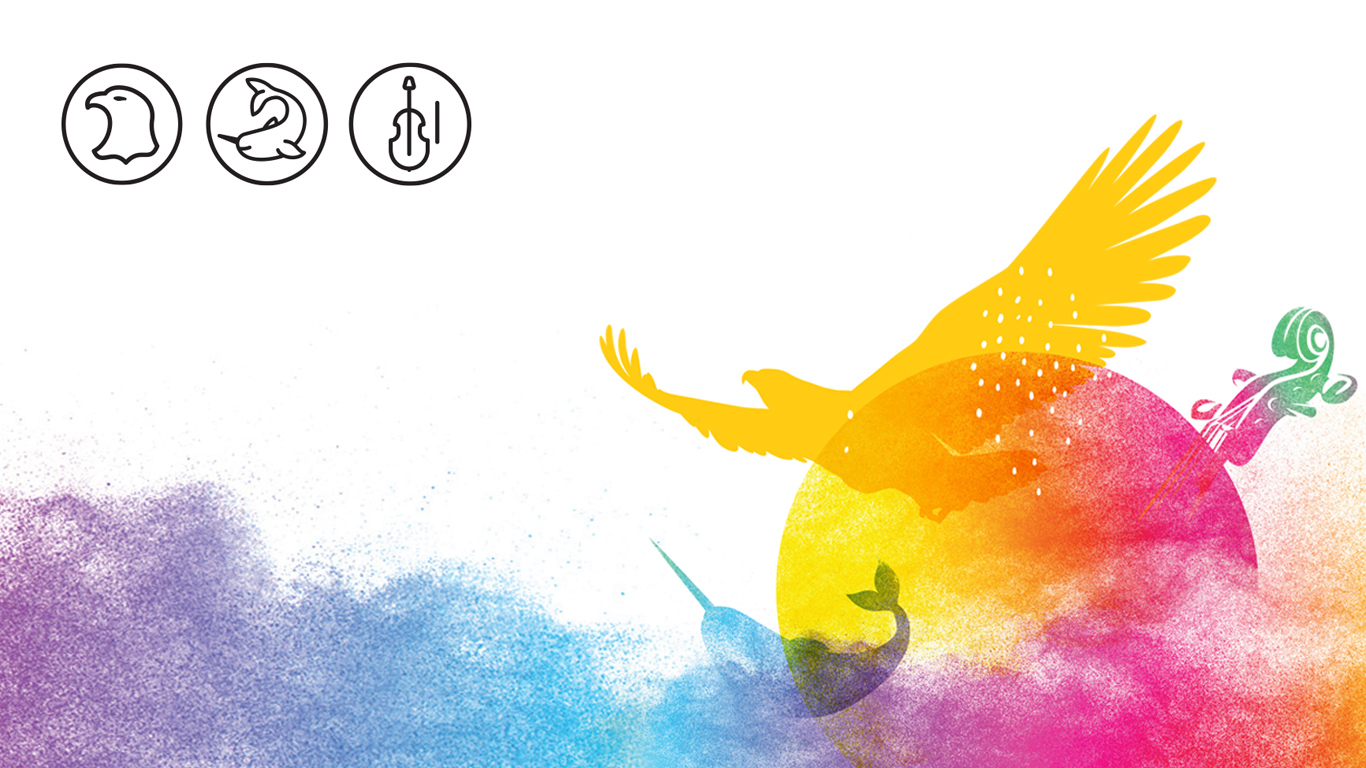
National Indigenous History Month and National Indigenous Peoples Day are opportunities to learn more about the unique cultures, traditions and experiences of First Nations people, Métis, and Inuit. This is also a time to honour the history, achievements, and resilience of Indigenous peoples, who have been living on this land since time immemorial and whose presence continues to impact the evolution of the country. Using 2021 Census of Population data, let’s shed some light on these populations.
More than 1.8 million Indigenous people
According to the 2021 Census, there were 1.8 million Indigenous people, representing 5.0% of the total Canadian population, up from 4.9% in 2016.
However, this growth was not as fast as in previous years. For example, from 2011 to 2016, the Indigenous population grew by 18.9%, more than double the 2021 growth rate.
For the first time, the Census enumerated more than 1 million (1,048,405) First Nations people living in Canada.
The Indigenous population continues to grow faster than the non-Indigenous population, but its pace of growth has slowed
The Indigenous population grew 9.4% from 2016 to 2021, almost twice the pace of growth of the non-Indigenous population (+5.3%) over the same period. Population projections for First Nations people, Métis and Inuit suggest that the Indigenous population could reach between 2.5 million and 3.2 million over the next 20 years.
The First Nations population increased 9.7% overall from 2016 to 2021. However, growth was much slower for Status First Nations (+4.1%) than for those without Registered Indian status (+27.2%). The Métis population rose 6.3% over the five-year period, while the Inuit population grew by 8.5%.
More than half of First Nations people live in Western Canada
While more than half (55.5%) of all First Nations people were living in Western Canada in 2021, Ontario (251,030) was the province with the highest number of First Nations people, representing nearly one-quarter (23.9%) of Canada’s First Nations population. Meanwhile, around one in nine (11.1%) First Nations people were living in Quebec, and 7.6% were living in Atlantic Canada. The remaining 1.9% of First Nations people lived in the territories.
The Indigenous population continues to grow in large urban centres
The first 2021 Census release indicated that nearly three in four Canadians lived in large urban centres with a population of at least 100,000, known as census metropolitan areas. In 2021, 801,045 Indigenous people were living in large urban centres.
Indigenous people were more likely to live in a large urban centre in 2021 than in 2016. Over this five-year period, the Indigenous population living in large urban centres rose 12.5%.
Nearly two-thirds of Indigenous people are working age
As seen in previous censuses, the 2021 Census showed that the Indigenous population is younger than the non-Indigenous population. The average age of Indigenous people was 33.6 years in 2021, compared with 41.8 years for the non-Indigenous population.
Inuit were the youngest of the three Indigenous groups, with an average age of 28.9 years, followed by First Nations people (32.5 years) and Métis (35.9 years).
In 2021, there were 459,215 Indigenous children aged 14 years and younger, representing one-quarter (25.4%) of the total Indigenous population. By comparison, 16.0% of the non-Indigenous population was aged 14 years and younger.
To learn more about Indigenous peoples, visit our portal, which contains a wealth of information on demographics, languages and cultures, labour, employment, health and more.
Contact information
For more information, contact the Statistical Information Service (toll-free 1-800-263-1136; 514-283-8300; infostats@statcan.gc.ca) or Media Relations (statcan.mediahotline-ligneinfomedias.statcan@statcan.gc.ca).
